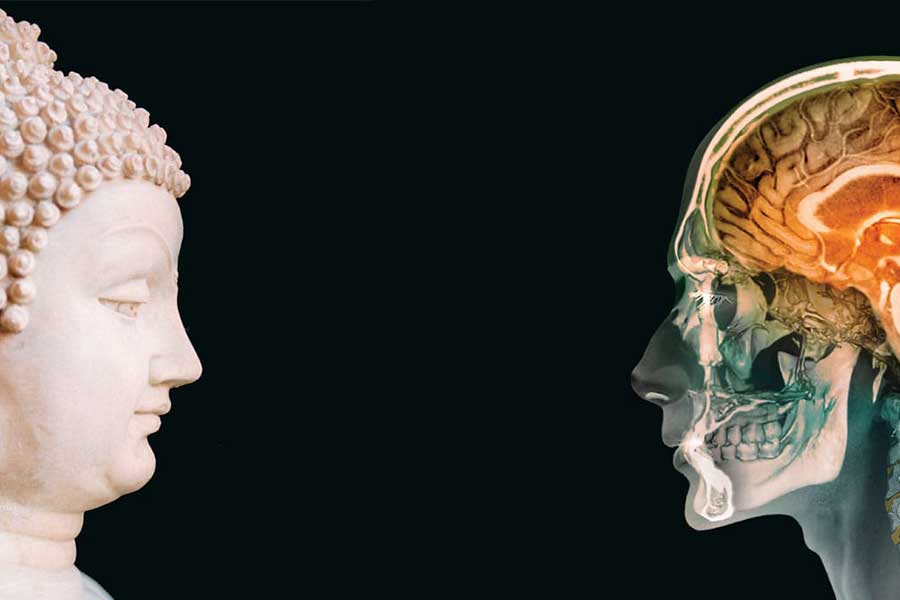The knowledge of neuroscience has doubled in the last twenty years. It will probably double again in the next twenty years. I think that neuropsychology is, broadly, about where biology was a hundred years after the invention of the microscope, around 1725.
In contrast, Buddhism is a twenty-five-hundred-year-old tradition. You don’t need an EEG or MRI to sit and observe your own mind, to open your heart and practice with sincerity. I don’t think of neuropsychology as a replacement for traditional methods, but simply as a very useful way to understand why traditional methods work. This is helpful in our culture, since arguably the secular religion of the West is science. If you understand why something works in your own mind, that promotes conviction (saddhā, trust in the Buddha’s teachings).
Understanding a little neuropsychology also helps you to emphasize or individualize those particular aspects of traditional practices that best suit your own brain; natural differences in the brain are a fundamental kind of diversity, and if teachers and meditation centers want to respond to the needs of their existing members and to reach out to new ones, they will have to take into account normal variations in the brain.
Science and Buddhism
Breakthroughs in brain science create opportunities to develop new or refined methods of practice. As Buddhism spread through Tibet, China, and Japan, it learned from the cultures in those lands and developed new methods. Similarly, as Buddhism has come to the West and encountered what is arguably its dominant cultural force—science—it is beginning to draw on science for ways it, too, might be of use on the path of awakening. Not in any way to change the aims of practice—as the Buddha said, I teach one thing: suffering and its end— but to increase the skillful means to that end.


